The Oppo Watch is the first smartwatch from the company’s stable that aims to punch above its weight. At first glance, it seems eerily familiar to the Apple Watch. While Oppo’s smartwatch runs on Google’s WearOS, the design takes a page or two out of Apple’s book albeit with its own spin. The Oppo Watch feels solid and feels premium while you hold it in your hand, which can’t be said for all Android smartwatches. You get all the necessary fitness features with the Oppo Watch as you’d expect but is it the ultimate Android smartwatch, we find out.
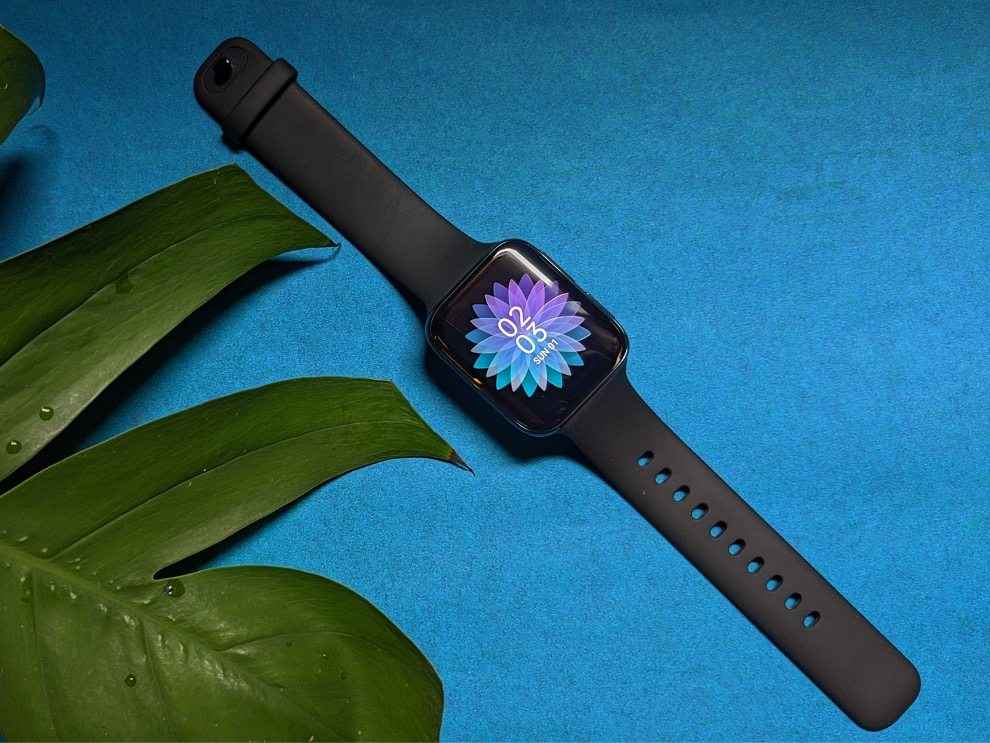
Oppo Watch Build and Design
The Oppo Watch is priced starting at Rs 14,990 for the 41mm variant and Rs 19,900 for the 46mm model. The 41mm watch size is more compact and is suitable for people with skinny wrists while the 46mm watch is quite hefty. We received the 46mm Oppo Watch for this review here but will keep highlighting certain differences between the two throughout.
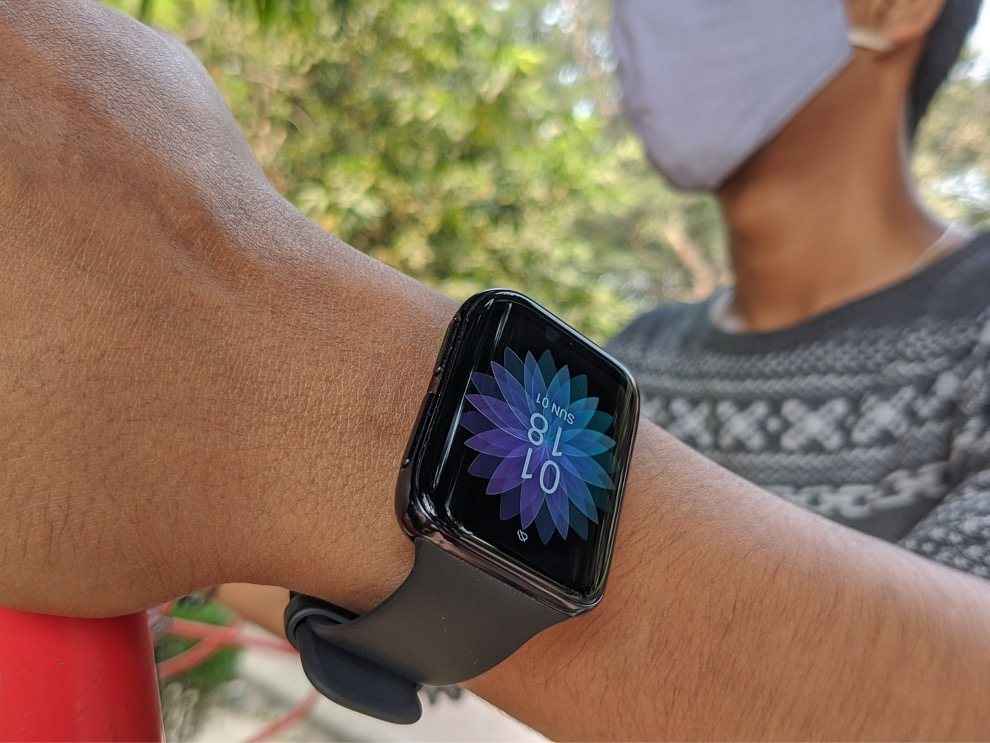
Starting with the look and feel, this smartwatch has an aluminium alloy frame with the 46mm variant going for a ceramic back with a plastic sensor module. It measures 12.96 millimetres in thickness and weighs around 39 grams without the straps.
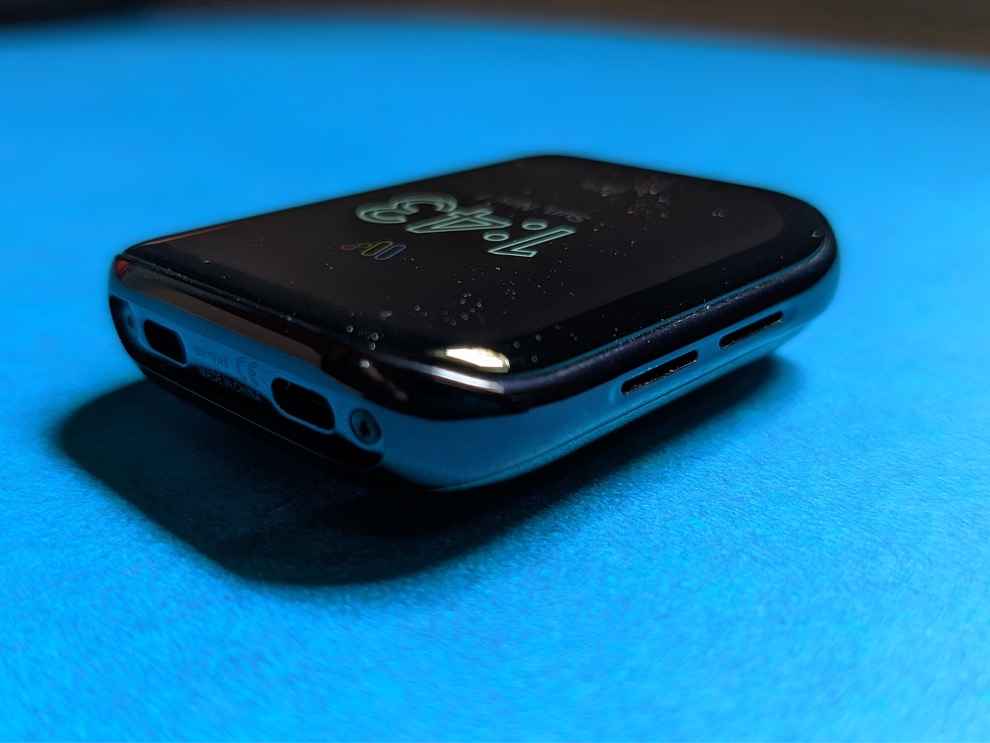
The watch uses Oppo’s proprietary fluoro rubber straps and can be replaced with other coloured straps of the same make. Though you would find it pretty hard to find a third-party strap for the Oppo Watch as it uses a different clasp design. The watch looks pretty and premium but it doesn’t have the finesse of an Apple Watch.
There’s a home button on the right edge along with a smaller multifunction programmable button with recessed green accent, for easier identification. The buttons aren’t too rigid and have decent feedback. On the left side, there are two cutouts for the speaker unit. Moreover, the Oppo Watch is 5ATM certified making it water-resistant to upto 50 meters underwater for 10 minutes
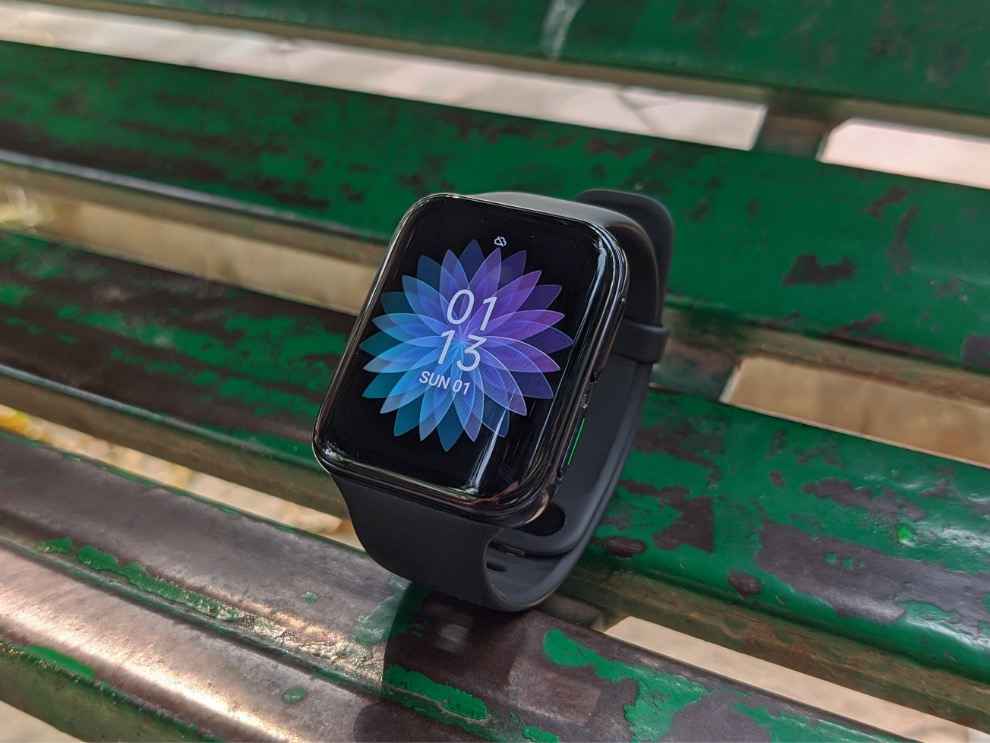
The Oppo Watch 46mm features a 1.91-inch AMOLED screen that curves neatly towards the edges, meeting up with the aluminium chassis. The 41mm variant is a tad bit smaller in size and has a plastic rear panel that measures 13 millimetres in thickness and weighs roughly 30 grams. Unlike the bigger model, this one features a flat 1.6-inch AMOLED screen, a smaller 300mAh battery and is 3ATM certified.
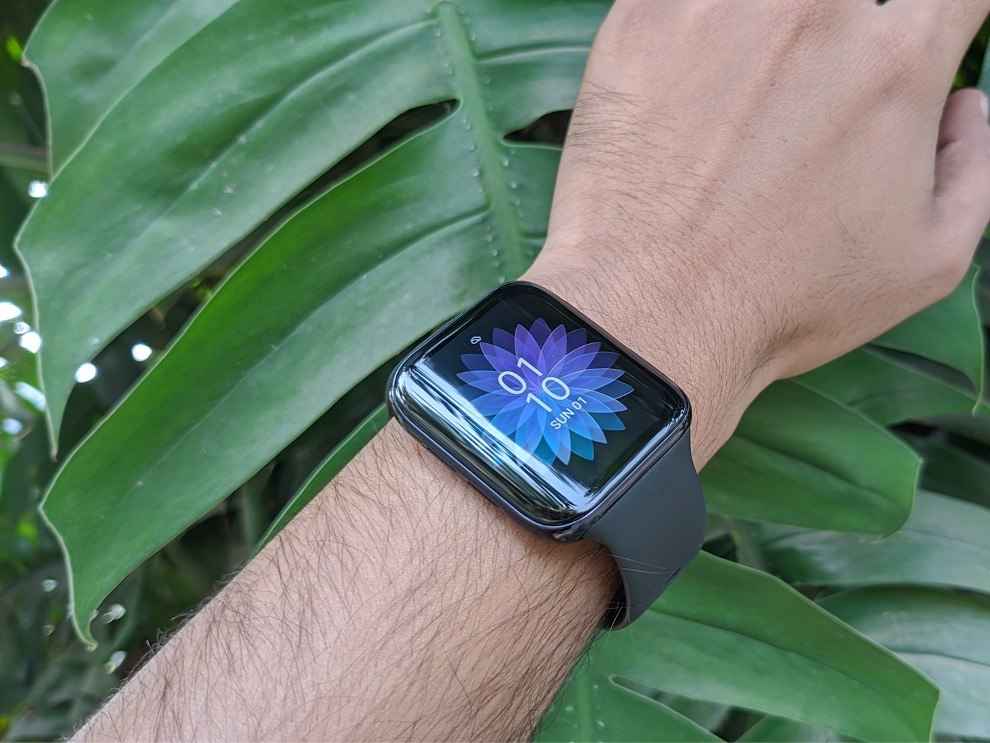
The AMOLED screen on this smartwatch offers upto five modes of manual brightness control and it will be safe to say that it gets pretty bright when required. We found ourselves keeping the brightness levels at 3 when indoors and it also offers great sunlight legibility. The display is crisp in reproducing details with vivid colours and overall looks elegant on the hand with different watch faces to suit the mood.
The Oppo Watch is powered by the Qualcomm Snapdragon Wear 3100 SoC, runs on WearOS and is paired with 1GB RAM and 8GB storage. In addition, it is also equipped with the Ambiq Micro Apollo 3 wireless SoC for the Power Saver mode. It connects to a smartphone over Bluetooth 4.2 and uses the HeyTap Health companion app to monitor the different fitness features. Being a WearOS smartwatch, there’s Google Assistant onboard for your service and can be used simply by giving voice commands. From weather updates to setting reminders to even playing your favourite music, it does come in handy.
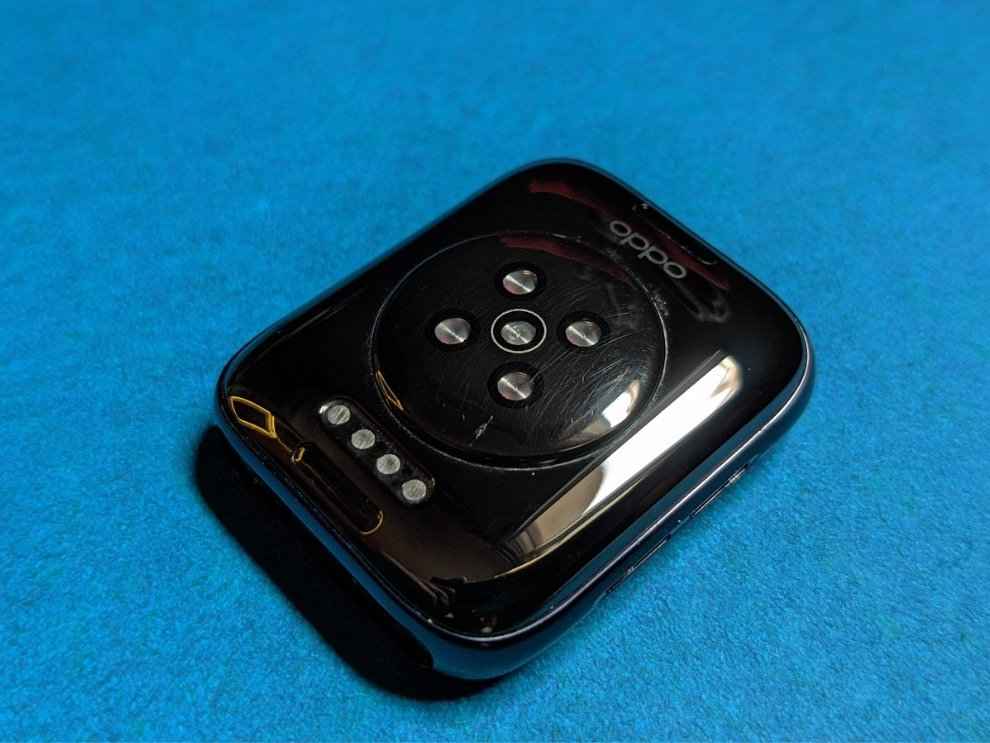
Also onboard are the various sensors including the ambient light sensor, tri-axial acceleration sensor, geomagnetic sensor, optical heart rate monitor, barometric sensor and a gyroscope. These bunch of sensors are responsible for most of the fitness features the Oppo Watch offers including sleep monitoring and workout modes. In our use, we didn’t face any major lag or stuttering when it comes to interacting with the watch and it felt snappier most of the time.
Oppo Watch tracking features
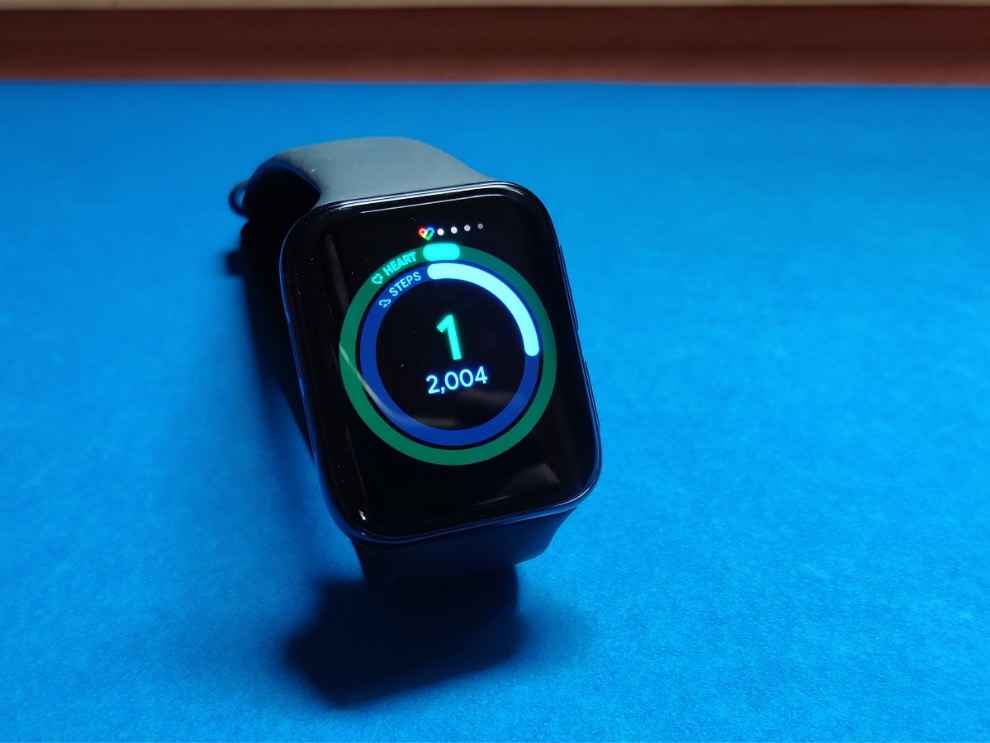
Oppo Watch offers real-time heart rate monitoring keeping a track of your vitals and sends out an alert in case of any irregularities. The optical sensors regularly monitor the user's heart rate throughout and provide the average, resting, lowest and highest bpm rate.
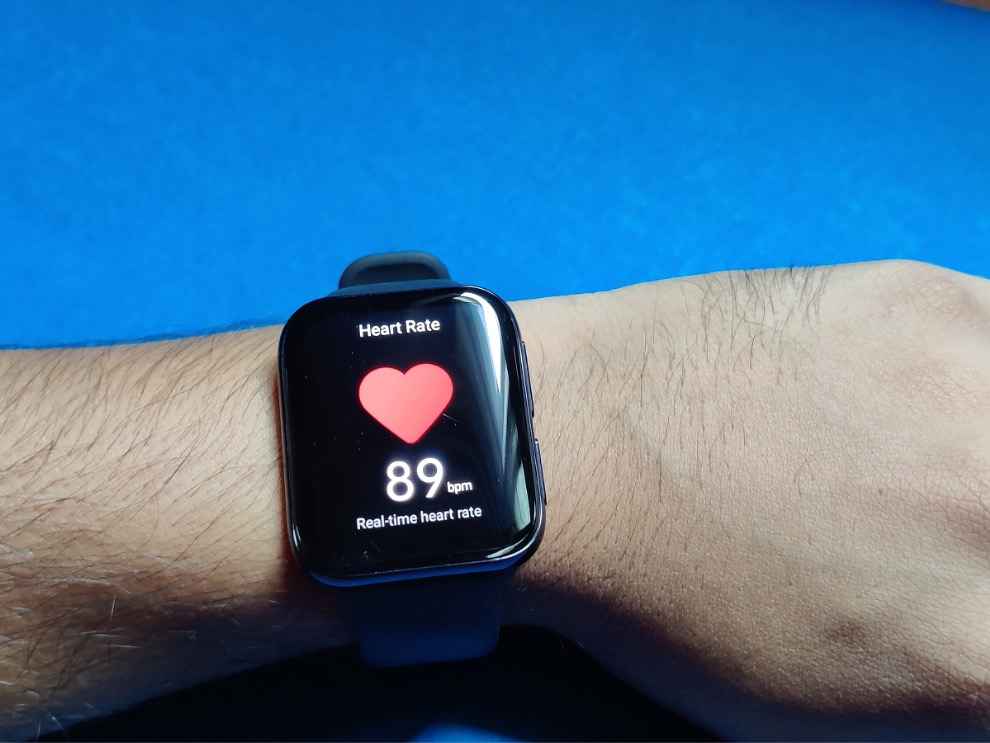

The sleep tracking system monitors the user’s sleeping pattern and provides actionable insights on the stages and kind of sleep from the previous night. The smartwatch details the sleep tracking by categorising the sleep cycle into a deep sleep, light sleep and average awake duration.
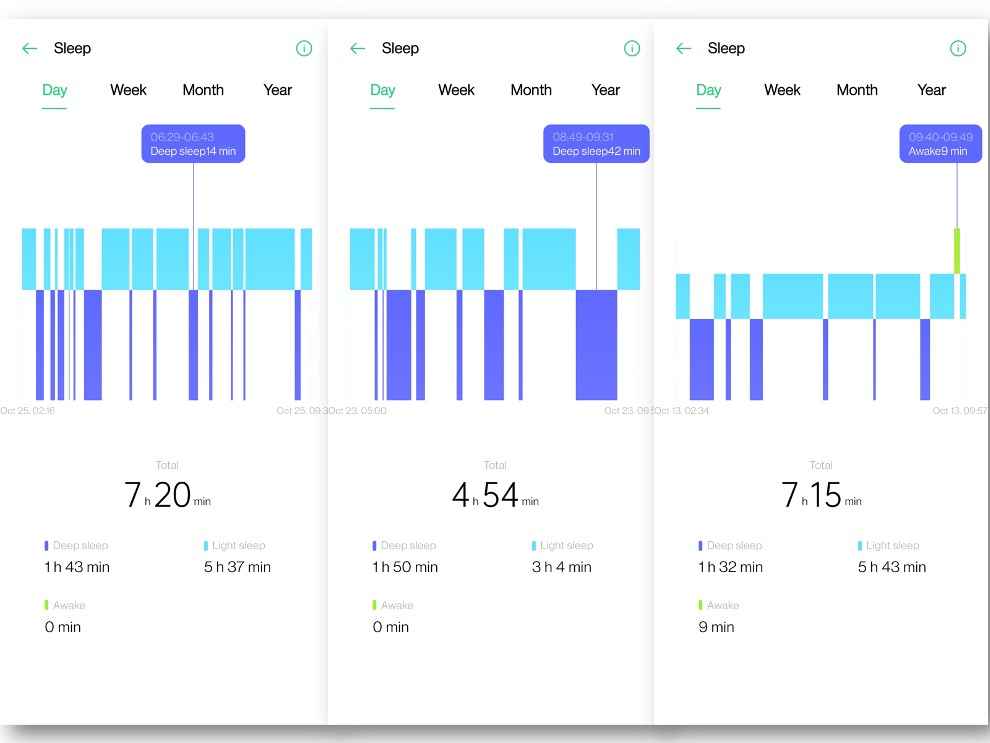
It doesn’t record REM sleep or heart rate during sleep and while we didn’t have a reference device, the sleep data collected by the Oppo Watch was in line with my everyday sleep cycle. However, for some reason, the watch only monitors the sleep cycle between 8 PM to 10 AM, which is a bummer as it cannot be modified in settings.
There’s a breathing mode that helps users de-stress by taking them through a guided exercise session that can be customized to upto 5 minutes and 35 breaths. During this mode, the watch vibrates indicating users to breathe in and out for the set duration. It is a nifty little feature but if used properly and regularly can help users to meditate.
Additionally, the watch will automatically remind users to get up if they have been sitting for over an hour in the same place. It alerts users by sending a pop-up message asking them to move around for some time and stretch their legs. This comes in really handy for users who work long hours sitting in front of their laptops or computer screens.
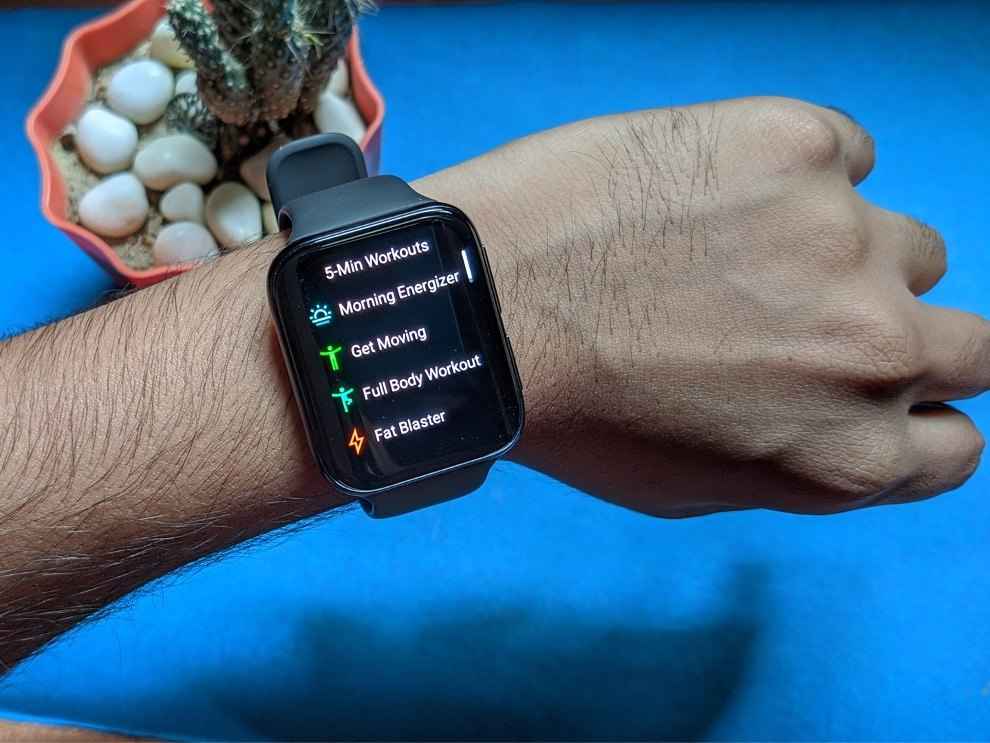
Some other fitness features include the fitness run, 5-minute workouts, fat burn run, walking, cycling and swimming. These are some preset sessions that users can activate before going on a run, morning walk, swimming and more. The 5-min workout mode includes morning energizer, get moving, full-body workout, fat blaster and bedtime stretch. During our regular use, we found the step counter to be pretty accurate as it is capable of recording your walks and runs instantly. Having said that, if there’s a need for detailed metrics, you’d be much better off with a tracker from Garmin or Fitbit.
Upon choosing any workout mode, the watch displays specific instructions on how to proceed with the session to best complete the activity. All workouts are logged on the HeyTap Health app which keeps a track of the exercises and daily activities including steps taken, calories burnt, floors climbed and distance covered.
Oppo Watch battery life
The Oppo Watch 46mm has a 430mAh battery that the company claims will last upto 36 hours in the normal mode and upto 21 days on Power Saver mode. In our use though, the Oppo Watch with always-on display and heart rate monitor enabled and connected to the phone over Bluetooth, we got around 18-20 hours of battery life on a single charge. This was when the watch was being regularly used with incoming notifications and call alerts.
We were able to get some more hours out of the watch when we engaged the Power Saver mode when the battery hit below 20 percent as there is a dedicated low power processor inside.
Apart from that, the Oppo Watch uses a pogo-pin magnetic connector that supports VOOC fast charging solution and was able to fully recharge the battery in 60-70 minutes.
Verdict
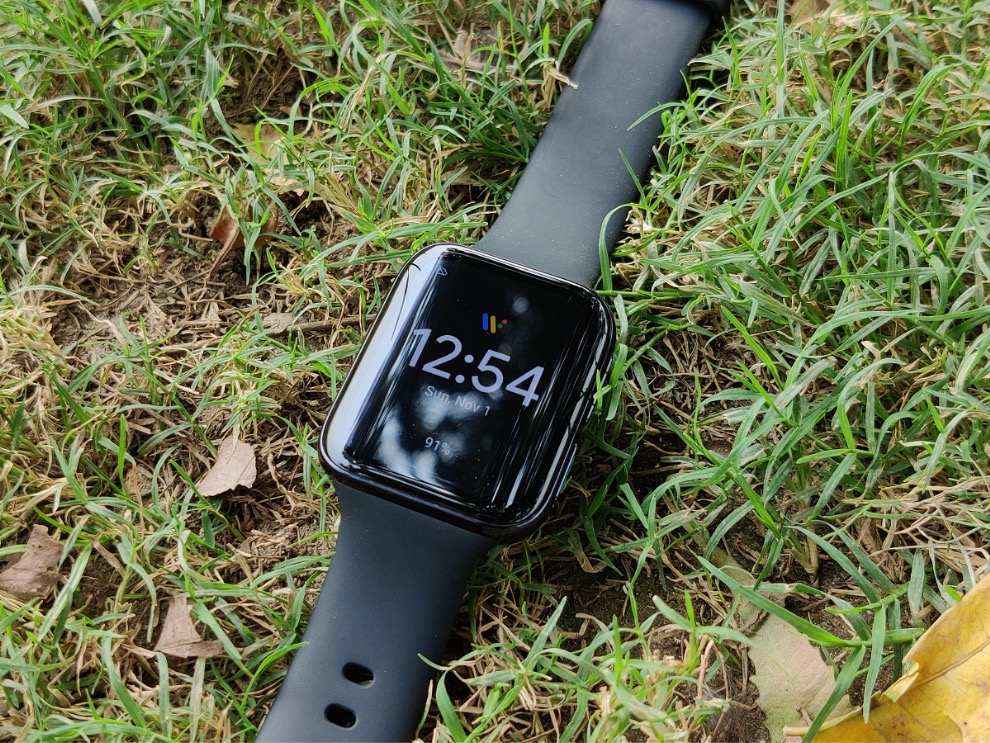
The Oppo Watch is a solid first attempt by the company in creating an almost perfect Android smartwatch. It looks great, feels premium in the hand, has a gorgeous display that can be customised with different watch faces and comes pre-loaded with tons of fitness and activity tracking features. Save for the battery life and system-level optimisations, the Oppo Watch is a decent Android smartwatch but for its price, there are other smartwatches such as those from Amazfit, Samsung, TicWatch and even the latest Mi Watch Revolve that are more dependable and value for money. Having said that, we are definitely intrigued by the Oppo Watch and can’t wait to see what the company does with the next generation of its smartwatch.
[ad_2]
Source link

Post a Comment